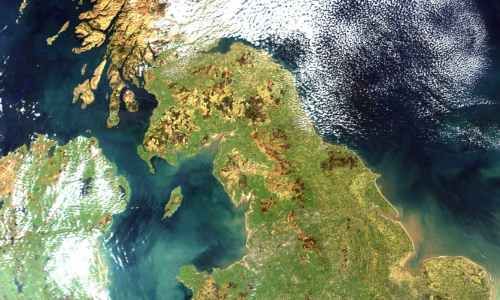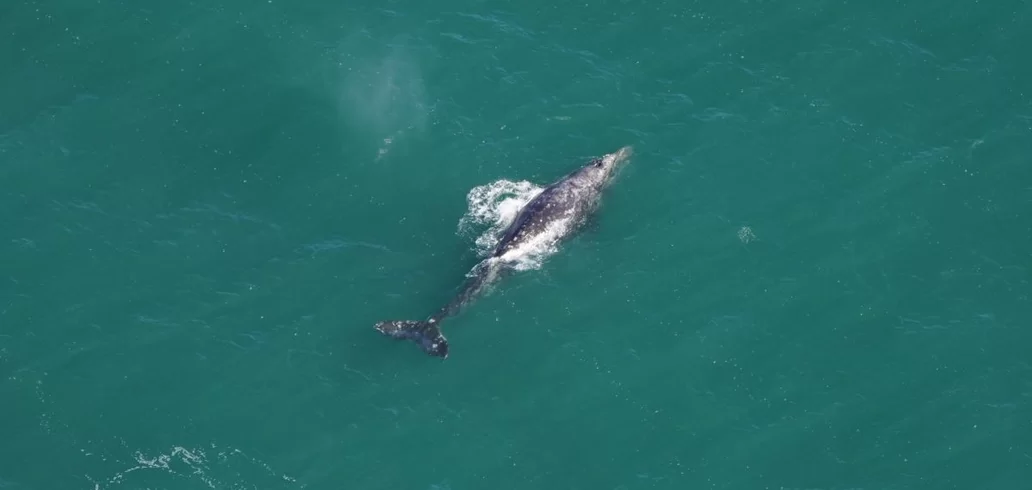Entertainment
Seikan: discover the longest underwater tunnel in the world that connects two Japanese islands
Advertisement
The construction of the tunnel faced several technical challenges, including drilling through layers of underwater rock and ensuring safety against flooding. However, the Seikan Tunnel has become a vital link for Japan's infrastructure, significantly facilitating transportation between Honshu, the country's main island, and Hokkaido, the second largest island and home to major cities such as Sapporo.
Project start
The Seikan Tunnel project began in the 1970s with the aim of creating a more efficient connection between the islands of Honshu and Hokkaido in Japan. The idea was to overcome transportation challenges between these two important regions of the country, especially during the harsh winters when sea conditions made navigation difficult.
Plans for the tunnel were developed over the years, with feasibility studies, geological surveys and engineering being carried out to determine the most suitable route and construction methods required. After several analyses and discussions, the project was finally approved and construction began in the second half of the 1970s.
The construction of the tunnel faced numerous challenges, from the complex geological conditions to the risks associated with building such a long underwater structure. However, with the determination and expertise of Japanese engineers, the tunnel was completed and opened in 1988, providing an important rail link between Honshu and Hokkaido.
Billion-dollar investments
Investments in the Seikan Tunnel project were in the billions, reflecting the magnitude and complexity of building such a significant infrastructure. The construction of an underwater tunnel almost 54 kilometers long required enormous financial, technological and human resources.
The costs associated with the construction of the Seikan Tunnel included expenses for geological surveying, engineering, acquisition of specialized equipment, skilled labor, safety measures, and more. Additionally, during the construction process, there were unexpected challenges that required additional investment to overcome them.
These billion-dollar investments were considered essential by the Japanese government due to the economic and social benefits that the tunnel would provide. It would not only facilitate the transport of passengers and cargo between the two islands, but would also strengthen economic and cultural ties between the regions of Honshu and Hokkaido.
Although the initial cost was high, the Seikan Tunnel ended up becoming a vital piece of Japanese infrastructure, contributing significantly to the country's economic development and regional integration.
Trending Topics

Satellite Image App: The Universe on Your Phone
A satellite imagery app provides live, high-resolution images, time-lapse recordings, and detailed information.
Keep ReadingYou may also like

Working at Amazon: Employment Opportunities and Salaries Today #{weekday}
If you are interested in working at Amazon, check the vacancies now. Click here to see which sectors you can work in.
Keep Reading
Different Multinationals, Same Standard: Where to Find Open Positions in the US
Infosys, Kraft Heinz, Mondelēz, Chipotle, and Google: Opportunities in the US; see how to apply and find jobs.
Keep Reading

